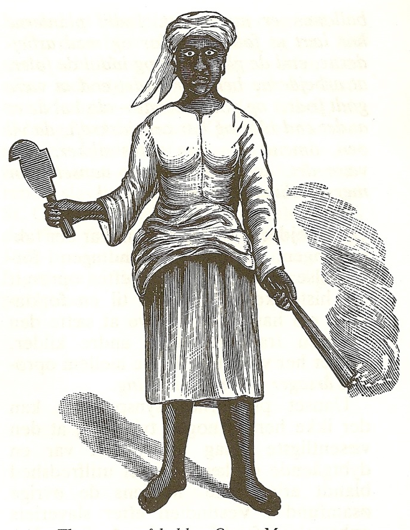St Croix

Mary Thomas, known as Queen Mary, (ca. 1848–1905) was one of the leaders of the 1878 “Fireburn” labor riot, or uprising, on the island of St. Croix in the Danish West Indies.
Mary Thomas was from Antigua and arrived in St. Croix in the 1860s to take work on the plantations in the island. In 1878 she resided at the Sprat Hall plantation. She had three children but never married. Before the uprising, she had been sentenced for theft and for mistreating her children. Historians have suggested that such sentences were used by the authorities to discredit people who opposed the authorities.
Because of her role as a leader during the uprising, Mary Thomas came to be known as “Queen Mary”. The workers chose her and two other women, “Queen Agnes” and “Queen Matilda”, as queens to perform ritual and celebratory functions during the uprising. Thomas played a leading role and referred to herself as a “captain” in the rebellion. Allegedly, during one the uprisings Thomas had called for those unwilling to participate to be decapitated.
She was arrested and tried with other leaders of the labor uprising. During the trial of the labor leaders she gave witness testimony against another leader, Thomas Graydon, also known as “Colonel Peter”, who was sentenced to death. Mary Thomas was also sentenced to death for arson and looting but had her sentence commuted to life imprisonment. She was transferred to Copenhagen and placed at Women’s Prison, Christianshavn, in 1882, but in 1887 she was sent back to Christiansted, St. Croix, to serve the remainder of her sentence.